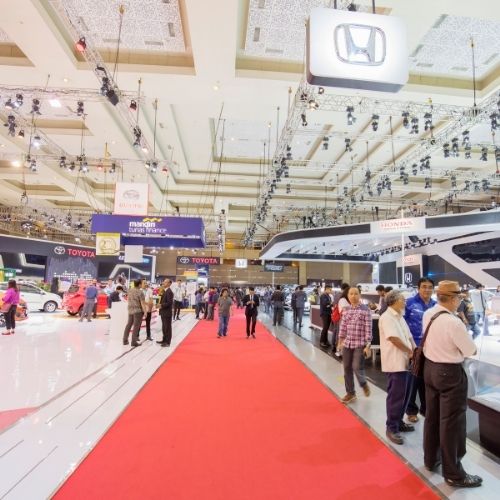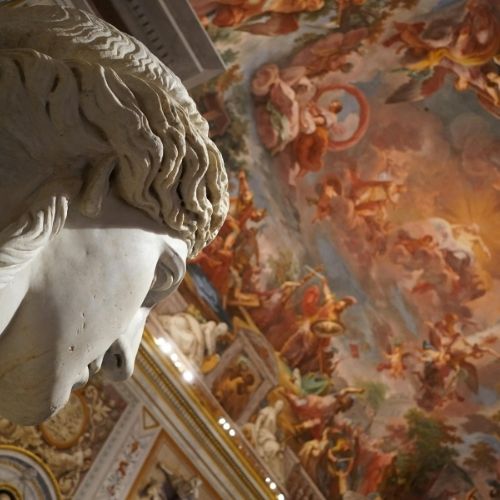What’s Better for History Buffs: Bullock Texas Museum vs LBJ Library?
Austin houses two world-class historical institutions separated by just three miles and $1 in admission price. After multiple visits to both, comparing exhibits, archives, and visitor experiences, I’ve developed this comprehensive analysis helping history enthusiasts determine which destination better suits their specific interests and available time.
Collection Strengths and Weaknesses
The Bullock Texas State History Museum (1800 Congress Ave, $13 admission) excels in presenting comprehensive Texas history through carefully curated artifacts spanning prehistoric indigenous cultures through contemporary developments. Their first-floor “Becoming Texas” gallery provides exceptional context through innovative multimedia presentations alongside physical artifacts, particularly the remarkable La Belle shipwreck exhibition featuring the preserved 1686 French vessel recovered from Matagorda Bay. Their rotating Texas History Galleries frequently refresh content, ensuring repeat visitors discover new perspectives.
The LBJ Presidential Library (2313 Red River St, $14 admission) focuses intensively on the Johnson administration (1963-1969) and broader mid-century American experience. The recently renovated “March to War/Path to Peace” Vietnam exhibit represents their strongest presentation, unflinchingly examining controversial aspects of Johnson’s leadership through recently declassified materials. Their “Social Justice Gallery” effectively contextualizes 1960s civil rights movements through powerful artifacts including voting rights documentation and correspondence with movement leaders.

Interactive Engagement Opportunities
The Bullock Museum offers more consistent interactive experiences throughout permanent exhibitions, including the highly engaging “Becoming Texas” digital timelines allowing visitors to explore historical events through personal interest pathways. Their third-floor “Texas History Galleries” include numerous touchscreen stations providing deeper content exploration without overwhelming main exhibition spaces. The museum’s facilitated programs include daily “Gallery Spotlights” where staff highlight specific artifacts with conversational interpretation.
The LBJ Library concentrates interactive experiences within specific installations rather than throughout exhibitions. Their “Presidential Limousine” simulation allows visitors to experience routes taken during significant motorcades, while the “Decision Points Theater” presents immersive scenarios challenging participants to make presidential-level crisis decisions with limited information. Their most innovative interactive remains the “Telephone Conversations” kiosks featuring actual recorded presidential calls, providing extraordinary historical intimacy.

Architectural and Atmospheric Distinctions
The Bullock Museum occupies a purpose-built 2001 structure designed specifically for historical exhibition, resulting in logical visitor flow and consistent environmental conditions. The building’s distinctive copper dome references the State Capitol while providing excellent interior lighting characteristics. The central Grand Lobby creates natural orientation space with clear sightlines to all major gallery entrances.
The LBJ Library occupies Johnson’s original 1971 presidential library structure, designed by renowned architect Gordon Bunshaft to project governmental authority through monumental modernism. The building’s dramatic Great Hall rises ten stories, displaying archived document boxes behind glass walls – physically representing the administration’s scope through architectural visualization. This authentic architectural experience connects visitors directly to Johnson’s vision for his legacy institution.

Special Exhibitions and Programming
The Bullock Museum actively rotates temporary exhibitions with approximately three major shows annually plus smaller focused displays. Their “Music Mondays” film series (first Monday monthly, 7 PM) pairs documentary screenings with live performances and scholar discussions, while their “High Noon Talks” (first Wednesday monthly, noon) feature author presentations on Texas historical topics. The Texas Spirit Theater presents daily screenings of Texas-focused documentary films for additional admission ($8).
The LBJ Library maintains more consistent permanent exhibitions with fewer temporary installations (typically one major exhibition annually). Their special programming concentrates on scholarly symposia examining Johnson’s legislative legacy and contemporary policy implications. Their most accessible recurring program, “Evening With” conversations (monthly, schedule varies), features prominent authors and political figures discussing contemporary issues connected to Johnson-era initiatives.

Practical Visitation Comparisons
Typical visit durations differ significantly between institutions, with Bullock Museum visitors averaging 2-3 hours compared to LBJ Library’s 1.5-2 hours. Both museums experience highest attendance Saturdays between 11 AM-2 PM, with Thursday mornings consistently offering lowest attendance and most contemplative experiences.
Parking arrangements favor the LBJ Library, which offers free dedicated parking adjacent to the building (approximately 100 spaces). The Bullock Museum provides paid garage parking ($10 maximum daily rate) with approximately 400 spaces, though this garage serves multiple facilities and frequently reaches capacity during special events.
Both institutions offer similar dining options, with quick-service cafes providing limited selections at premium pricing. The surrounding areas offer vastly different secondary experiences, with the Bullock’s downtown location providing numerous restaurant alternatives within walking distance, while the LBJ Library’s university setting limits nearby dining options primarily to campus facilities.

Optimal Visitor Matching
History enthusiasts with limited time maximize satisfaction by aligning specific historical interests with institutional strengths:
Texas history specialists find greater satisfaction at the Bullock Museum, particularly those interested in Spanish colonial periods, Republic of Texas development, and frontier expansion narratives. The museum’s broader contextual approach provides essential background for understanding Texas’ complex multicultural development.
20th-century political history enthusiasts typically prefer the LBJ Library’s deep examination of watershed mid-century moments including civil rights legislation, Great Society programs, and Vietnam conflict escalation. Their presidential perspective provides intimate understanding of executive decision-making processes during pivotal historical moments.
Visitors with children consistently report higher engagement at the Bullock Museum, where exhibition design intentionally incorporates multiple engagement levels appropriate for various ages. The LBJ Library’s text-heavy presentation proves challenging for younger visitors despite occasional interactive elements.
First-time Austin visitors benefit from the Bullock Museum’s contextual approach to Texas historical development, providing essential background for understanding contemporary Texas culture. Repeat visitors often develop deeper appreciation for the LBJ Library’s focused examination of specific historical watershed moments.
Which Austin history museum do you find more engaging? Share your experiences and recommendations in the comments below!



